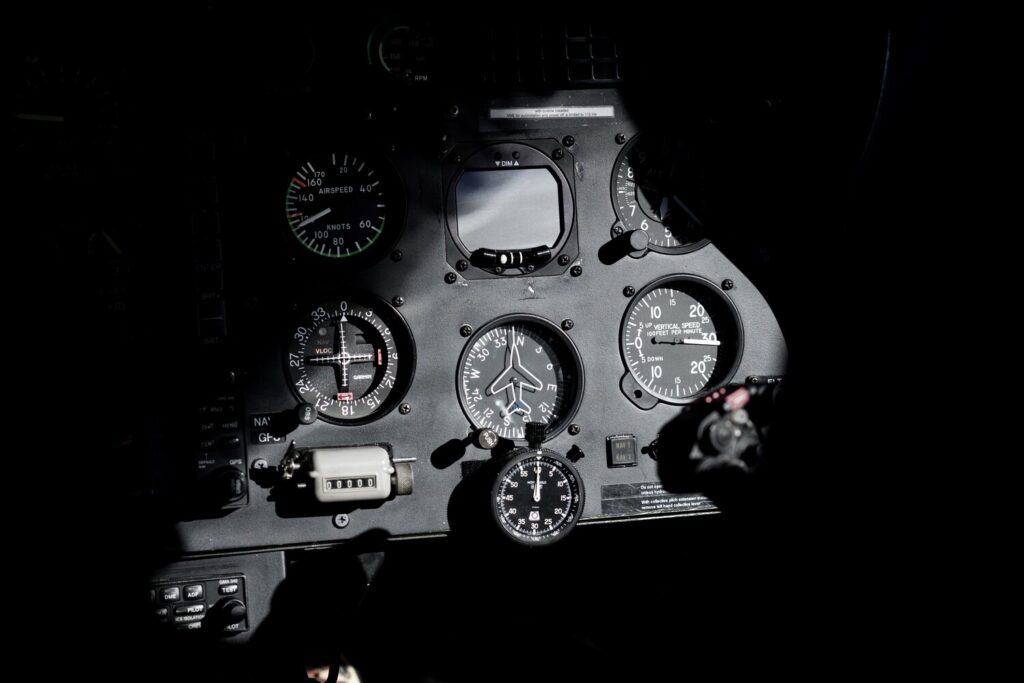Designing to the Edges, not Averages

IN ORDER to develop solutions that satisfy a mass market, logic leads you to focus towards the average – however this may not be as logical as it first appears.
Average thinking originated from an astronomer, Adlophe Quetelet. In the early 1840s Quetelet applied principles learnt measuring planetary motion to a data set published in an Edinburgh medical journal, listing the chest circumference of almost 6000 Scottish soldiers. From this information he calculated the average chest size of the soldiers as 39 ¾ inches – one of very first times a scientist had calculated the average of any human feature. As the original of the Body Mass Index, Quetelet asserted that height, weight and other features could be averaged too, to yield a model human – the ‘Average Man’.
These principles were carried forward by the US military – after a series of losses to the Confederacy, Abraham Lincoln decided he need more information about the Union army. He ordered a massive study to assess the soldiers physically and mentally, and, in strict adherence to Quételet’s science, calculated averages of just about everything. These averages began to inform the distribution of food rations, the design of weapons, even the fit of military uniforms. Before the Civil War, uniforms were custom-sewn; this study informed mass-production and creation of size classifications – namely large, medium, and small
A century later and anthropologist, Lieutenant Gilbert S Daniels was hired by the US Air Force to design a better cockpit for high-speed aircraft. Engineers assumed that averaging the dimensions of their pilots would provide a template around which a cockpit could be designed and optimised. Daniels, however was less sure.
Reviewing 10 critical physical dimensions, he created an ‘average pilot’ based on the middle 30% range of the dimensions. With this range in hand, Daniels then looked at the entire pool of 4,063 pilots and tried to match individual pilots to his “average pilot.”
With this insight the Air Force radically changed their design philosophy; rather than fitting the individual to the system, the military began customising the system to the individual. Components, such as seating, were made adjustable.
The construction industry’s gravitation towards Platform Design for Manufacture and Assembly (P-DfMA) seeks to identify opportunities of scale, harmonising values by aggregation of potential customers. In an industry renowned for a fragmented approach, homogenous grouping and analysis to inform design has real value. Equally important however, is recognising the dimensions in which clients differ in their needs.
Identifying points of common uniqueness reveal where customers are not the same – it is at these points that average requirements create sacrifices and concessions – or where customisation affords value. Designing for extremes or adjustability, unless financially or technically unfeasible. Microsoft describe this as ‘solving for one, extending to many’.
Designing to the edges, not averages.




